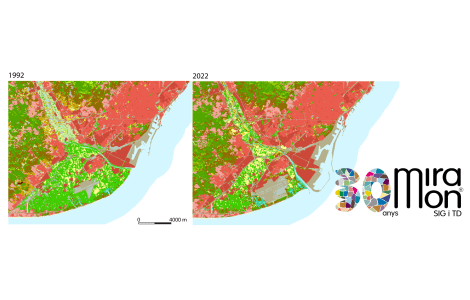Catalonia presents a monitoring network for observing the status of forest that is novel to Europe

This new tool is used to obtain the maximum amount of information possible on the actual state of Catalan forests and thus improve their management. The network, called DeBosCat, has been launched by the Department of Agriculture and is coordinated by the CREAF. The data obtained will allow for the assessment of the effects of extreme climatic episodes and then propose measures for the adaptation and management for the most vulnerable species. The first results from the DeBosCat network indicate that during the year 2012 some 23,500 hectares of forest showed signs of decay after five months of extreme drought.
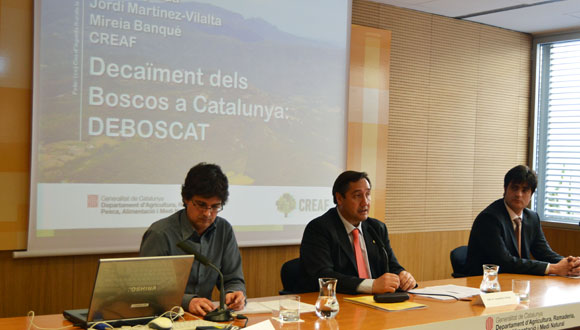
This new Catalan forest tracking tool has already provided its first results. The aim of the initiative, promoted by the Ministry of Agriculture, Livestock, Fisheries, Food and the Environment and coordinated by the CREAF, is to obtain as much information as possible about the status of forests in real time in order to verify the effects of extreme climatic events.
The information can then be compared and analyzed year after year. Thus, it will be possible to make predictions on the vulnerability of forests, or of certain species, to climate change and act proactively, planning future forest management.
The DeBosCat network is considered a pioneering tool in Spain and in Europe. According to the CREAF researcher Jordi Martínez-Vilalta, coordinator of the project, this is the first time that they are able to understand, with accuracy, the impact that climate phenomena, such as the drought this year, has had on woodlands, and make comparisons with previous years.
DeBosCat is a collaborative network in which the regional staff and technicians from the Department of Agriculture are working together, with elaborate protocols provideed by the CREAF, taking data from the field on different aspects related to forest health. In total, they have collected data on 527 cases of forest decay in 2012, that is to say, forest groves with loss or yellowing of leaves, or high mortality of individuals. Jordi Vayreda, also a coordinator of the DeBosCat network and researcher at the CREAF, explains: "The repeated episodes of drought that we have suffered in recent years, and especially the past spring and summer, have resulted in almost 3% of Catalan forest area being affected, surpassing the 2% in 2012."
According to the latest data from the Land Cover Map (MCSC) from the year 2009, Catalonia has 1,348,192 hectares of wooded area, 42.4% of its territory. If we compare the data with that of the year 1993 (the first edition of the MCSC), we will see that, in the last 16 years, Catalonia has gained 78,567 ha of forest. In a single year, the DeBosCat network has registered a total of 23,500 hectares of forest with signs of weakeness. Although the majority of affected hectacres will be recovered, experts attribute this phenomenon, in large part, to the extreme drought experienced in the last few months of spring and summer. The surface affected registered so far comes to the 40,000 hectacres if we take into account the accumulated weaknesses from previous few years that are still visible.
Oak and Beech forests are the most vulnerable
According to the information extracted from DeBosCat report, 7% of oak and 6% of beech forests have suffered episodes of weakness this summer. In both cases, more than 60% of the area was classified as "in decline" and showed signs of degradation from high to very high: yellowing of leaves, defoliation and mortality. Although this phenomenon is quite common, especially in oaks, it is not so common that the affected area is so large. However, it is expected that a good part of these forests will regrow leaves this spring thanks to the fact that this autumn and winter have been very moist.
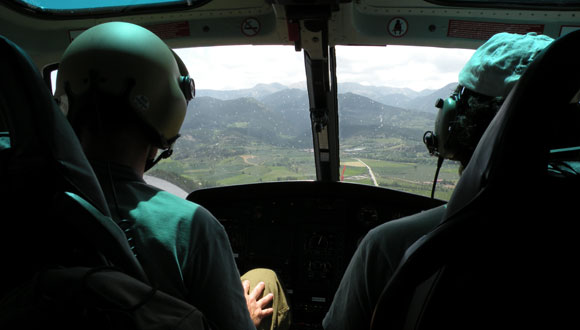
Other species, such as holm oaks, have also seen many episodes of degradation. 3.6% of the Catalan holm oak showed episodes of degradation by drought. In 65% of the cases, the degree of damage was rated between high and very high.
Most pine species appear to be more resistant to factors that cause degradation; on the other hand, once they are affected, they recover with more difficulty. In any case, the pines were only affected in a percentage of its surface and less than 1%.
Osona and Berguedà are the regions with the greatest area of affected forest this year
DeBosCat has registered the geographical location of the cases of forest degradation, which allows them to identify the regions that are most affected. This year, the forests of Osona and Berguedà region have been harmed the most by the extreme drought. For example, 31% of the hectacres of forest affected in Catalonia are concentrated in the region of Osona (7,500 hectares). Berguedà, on the other hand, featured 3,000 hecatres, mostly oaks and holm oaks, which represents 13% of the hectares affected in Catalonia.
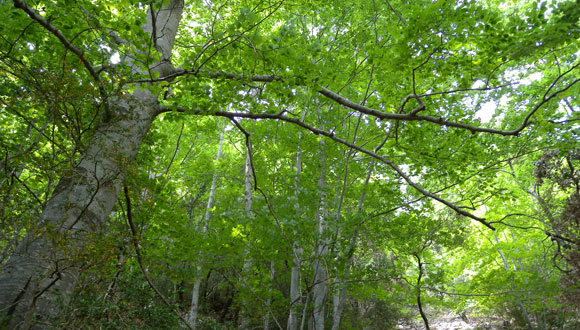
More Information:
Noticias relacionadas

El IPBES publica dos informes para transformar la forma en que nos relacionamos con la naturaleza, conservarla y sobrevivir
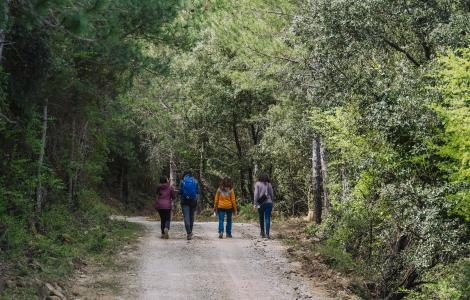
El impacto social de la investigación se consolida en la cultura científica del CREAF
